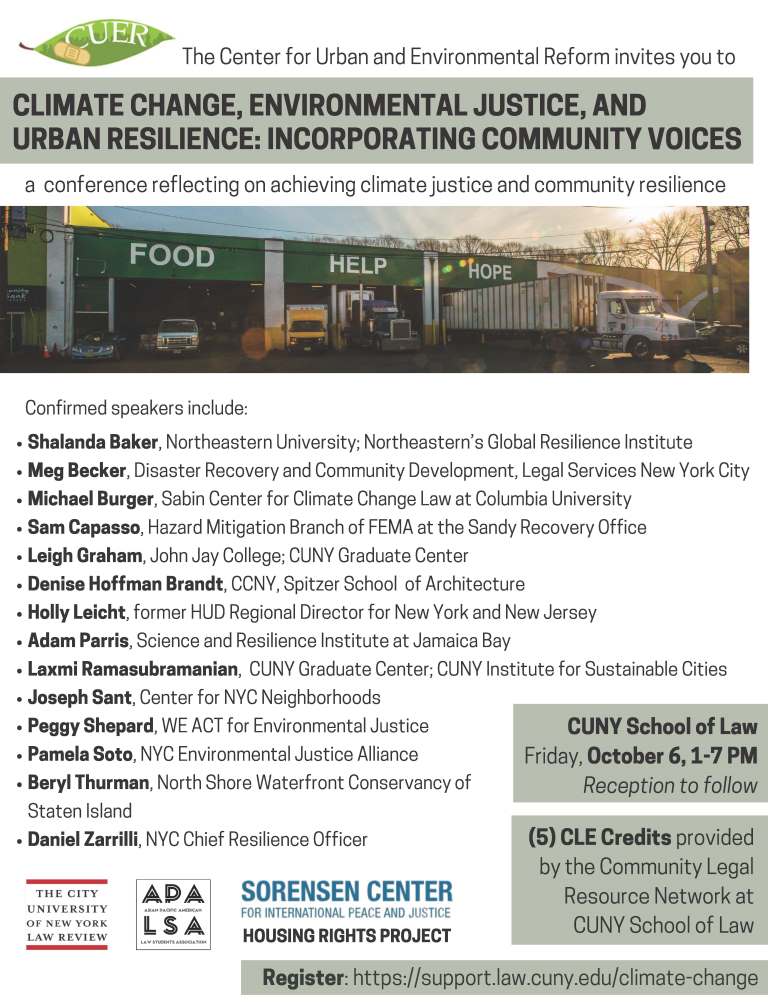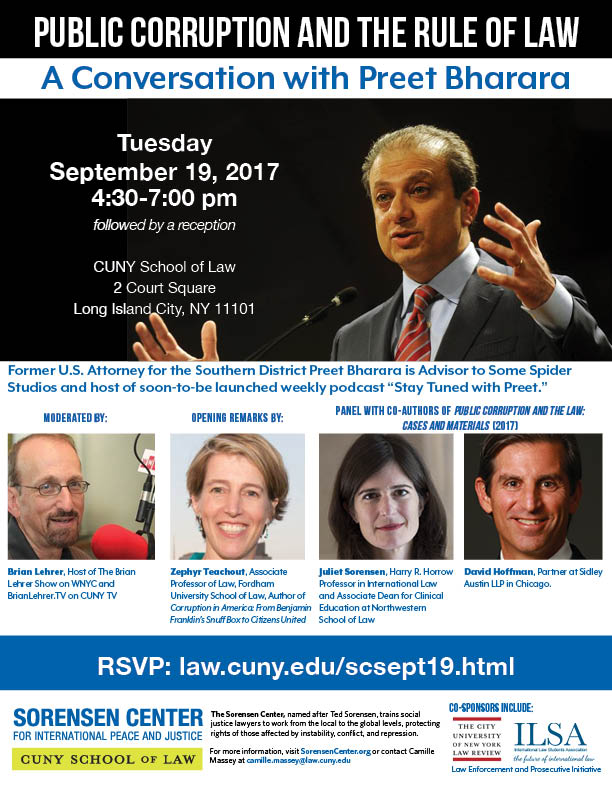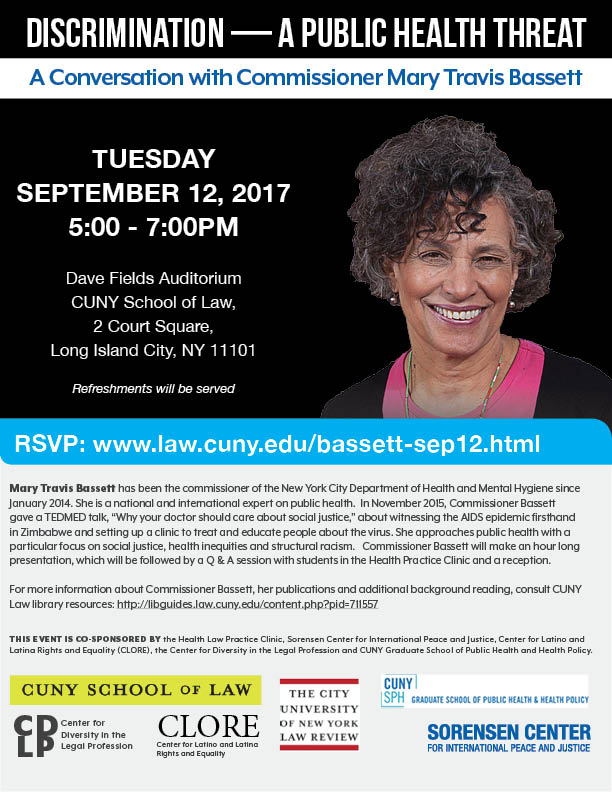Lee Clark†
Click here for a recommended citation and to download a paginated PDF version of this article.
As a trans person, one of the places that I have found safety is through the way I represent my gender expression. Clothing is at the pinnacle of my gender expression; it is something that I have had control over for a long time. To quote the famous social theorist Simone De Beauvoir, “One is not born, but rather becomes, a woman.”1 I might have been assigned female at birth, but I definitely did not express my gender in feminine ways, opting for clothes from the boys’ section of stores rather than the girls’ section. One way that people have been classified in society for centuries is through the lens of the gender binary as showcased through clothing, media, and culture. Clothing and fashion are where I recognized my personal autonomy at a young age, and how I could fight back against gender restrictions throughout my life.
A quote from Daniel Friedman, a suit designer from Brooklyn-based tailoring company Bindle & Keep, who works almost exclusively with trans and non-binary2 clients, resonated with me: “It’s all about feeling great in your body, especially when people have been struggling their entire lives and they finally get into something that really fits them . . . the way they’ve always envisioned something would fit them. That’s not fashion anymore and that’s what we’re after.”3 Obviously, clothing is fashion, as it pertains to garments and construction, but it extends further than that. Bindle & Keep is dedicated to dressing an identity and a body. Clothing and gender have a direct correlation as one of the ways to present one’s gender daily. Cis and trans people alike curate outfits and silhouettes that are used to present gender. But while the trans community is fighting for our fit in the courts, we are also fighting the gender binary that has never recognized our identity. Continue reading



